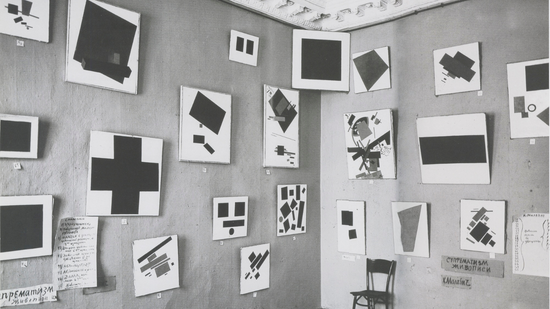Fauvism is the name given to work produced by a group of artists (which included Henri Matisse and André Derain) circa 1905 to 1910, characterized by bold, pure colors applied aggressively directly from tubes of paint to create a sense of explosion on canvas, fierce brushstrokes. Like the Impressionists, the Fauvists painted directly in nature but the subjects were portrayed in a strong and expressive way.
Read more →
The main aim of this movement has almost always been to challenge the conventions of traditional forms of visual art such as painting and sculpture. When these modes no longer seem to respond to artists' needs - when they seem too conservative, or too enmeshed in the traditional art world and too far removed from ordinary people - artists often turn to performance to find new audiences and test new ideas. .
Read more →
At the beginning of the 20th century, the Russian vanguards developed, which ended up having a notable impact on the movementsEuropean artists. The climate of political stability in Russia, but also openness after 1905, allowed the emergence of new ideas. Influenced by Cézanne and the avant-garde movements in Europe, we saw the birth of two new artistic styles in Russia, Suprematism and Constructivism.
Read more →
In the 1960s, the Op art movement, also called optical art, a new branch of geometric abstract art that deals with optical illusion. This movement allowed a great development in painting by using geometric shapes to create optical effects, ambiguities and contradictions in the viewer's vision. Find out about this movement here.
Read more →




